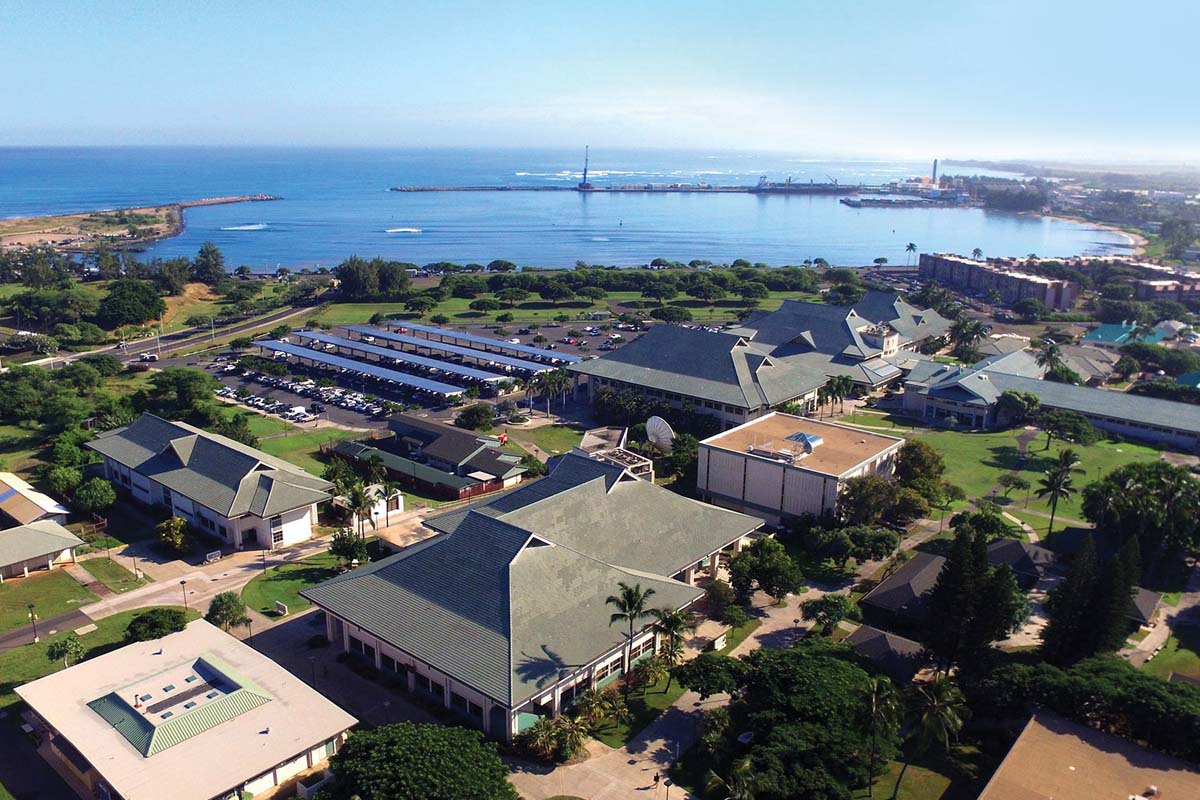By Lara McGlashan

For hundreds of years, despite its remote location on the planet, Hawai‘i was self-sustaining. “Everyone had a common understanding of the goal and knew their role, and that made for a successful and sustainable community,” says Jonathan Stenger, analyst for Kamehameha Schools.
But in this day and age, it’s not that simple, and solving one problem often creates others. Take traffic, for example: in order to alleviate congestion, one solution is to widen the roads. But this can lead to unintended consequences, such as destroying more of Maui’s natural habitat and generating runoff into streams and oceans. Easier access also can mean more visitors — and even more traffic.
While there have been many initiatives launched on Maui, progress is often slow. According to the Hulihia Center for Sustainable Systems, instead of treating the symptoms of a problem, it’s imperative to determine its root cause. Hulihia, which means “complete change” in Hawaiian, was launched by the University of Hawai‘i Maui College in partnership with Kamehameha Schools. The Center uses academic research, community insights and indigenous knowledge to better understand the issues and how they interconnect in order to divine a solution.
To gain a holistic and multifaceted perspective, Hulihia collects information and opinions from community members, sustainability experts and stakeholders. “We reach out to as many specific groups and individuals as we can,” says Stenger. “People in remote communities, underserved populations, religious organizations — whoever wants to share and weigh in.”
Hulihia also integrates ‘ike kūpuna (ancestral knowledge) to help guide decisions. “Understanding the concepts and values of Native Hawaiians gives [stakeholders] the scenarios in which they can grow and improve in order to achieve real sustainability,” says Stenger.
Recently, Hulihia looked to cultural leaders to help analyze the Maui health care system. “Through our research, we discovered that Native Hawaiians tend to view hospitals with distrust,” says Stenger. “Hospitals were the holding place for people with leprosy before they were shipped to the colony on Moloka‘i. Native Hawaiians don’t think, If I go to the hospital I will get better, they think, If I go to the hospital, I am not coming home. This historical relationship gives us insight into why this demographic is the last to go to the hospital when they are sick.”
Once all sides have weighed in, the data is entered into a modeling software that delivers a number of sustainable outcomes. From there, a decision is made about what solution would work best.
“As we work on different issues, we will surely find convergence points connecting them all,” says Stenger. “Knowing how everything intersects and how the system operates will lead to a more balanced relationship with our ‘āina (land).”
For more information visit hulihiamaui.com or maui.hawaii.edu/hulihia.





Aloha.
I have been reading,studying( elementry).
and Geography g or awhile 5,+ years
.alll leisurely
I have a Geograghy degree( B.A +
So m excited about the Kapuna,and more.
Mahalo Nui Los
.Im trying to learn more on Hawaiian language: grammar
Thank you